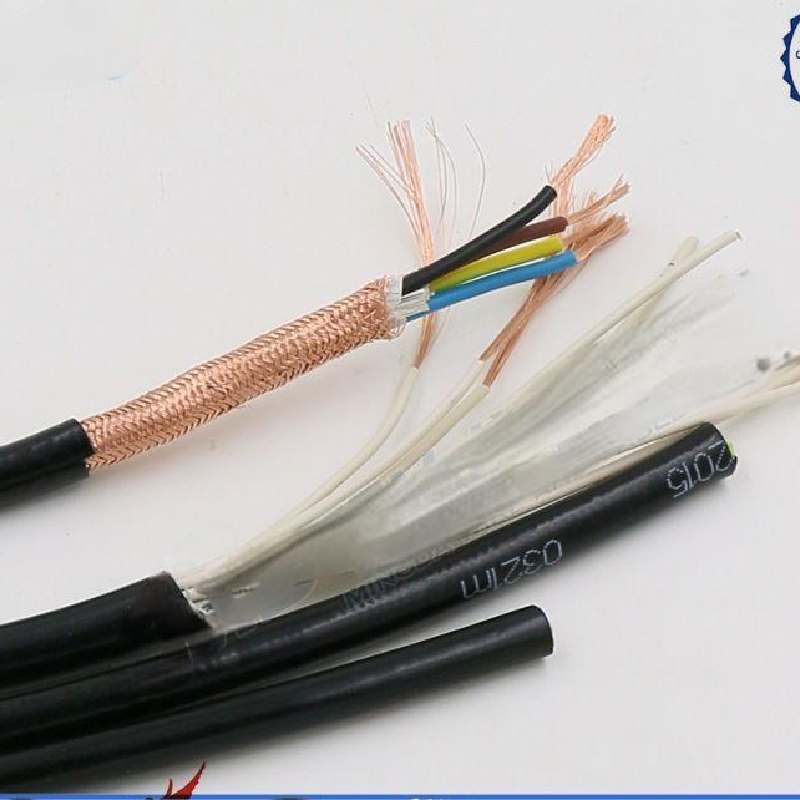10 月 . 19, 2024 19:41 Back to list
knife gate valve
Understanding Knife Gate Valves A Comprehensive Overview
Knife gate valves are specialized devices commonly used in various industrial applications to manage the flow of fluids, particularly in settings where slurries or bulk materials are handled. These valves derive their name from the sharp-edged gate, which resembles a knife. This design enables effective cutting through soft materials, preventing clogging and ensuring a tight seal when in the closed position. This article will delve into the construction, applications, advantages, and maintenance of knife gate valves, providing insights for industries that depend on these vital components.
Construction and Design
Knife gate valves consist of several key components the body, the gate (or blade), the seat, and the actuator. The body is typically constructed from robust materials such as cast iron, stainless steel, or ductile iron, depending on the service conditions and the nature of the fluid being handled. The knife-like gate is often made of hardened materials to withstand wear and tear from abrasive materials.
The design usually features a simple, linear structure, allowing for easy installation and removal. The seat can be made from various materials, including elastomers or metal, tailored to the specific application's temperature and pressure requirements. The actuator can be manual or automated, supporting ease of operation in various settings.
Applications
Knife gate valves find extensive usage across multiple industries, including
1. Water Treatment Plants In facilities that treat sewage or wastewater, knife gate valves efficiently manage the flow of sludges and slurries.
2. Mining and Mineral Processing These valves handle abrasive materials and are essential in controlling the flow of ore slurries during processing.
3. Pulp and Paper Industry They are used to manage the flow of fibrous materials, efficiently cutting through pulp mixtures.
5. Power Generation In coal-fired power plants, they are used to manage the flow of coal slurry in various stages of energy production.
knife gate valve

Advantages of Knife Gate Valves
One of the primary advantages of knife gate valves is their ability to handle solid materials and slurries without clogging. Unlike other valve types, such as globe or ball valves, which may struggle with debris, the sharp edge of the knife gate ensures that it can cut through and clear obstructions effectively. Additionally, knife gate valves provide an excellent shut-off capability, preventing leakage when in the closed position.
Their straightforward design allows for easy maintenance, and many models are designed for quick disassembly and reassembly. Furthermore, these valves can be manufactured in a range of sizes and configurations, making them versatile for various applications.
Maintenance Considerations
While knife gate valves are designed for durability, regular maintenance is crucial to ensure their optimal performance. Here are some essential maintenance practices
- Regular Inspections Periodically check for signs of wear, corrosion, or damage on the gate and seat. Early detection can prevent costly failures.
- Cleaning Depending on the application, it may be necessary to clean the valve periodically to remove any buildup that could hinder its operation.
- Lubrication If the valve employs moving parts, ensure that they are appropriately lubricated to avoid friction and wear.
- Sealing Check Verify that seals are intact and functioning correctly to prevent leaks when the valve is closed.
Conclusion
In summary, knife gate valves play a critical role in a variety of industrial applications, providing reliable flow control for slurries and solid materials. Their unique design allows for effective cutting through tough substances, making them indispensable in many sectors. By understanding their construction, applications, advantages, and maintenance requirements, industries can ensure optimal valve performance, enhancing operational efficiency and reliability in fluid management processes. Whether in water treatment, mining, or food processing, knife gate valves remain a preferred choice where robust and reliable flow control is paramount.
Share
-
Understanding the Differences Between Wafer Type Butterfly Valve and Lugged Butterfly ValveNewsOct.25,2024
-
The Efficiency of Wafer Type Butterfly Valve and Lugged Butterfly ValveNewsOct.25,2024
-
The Ultimate Guide to Industrial Swing Check Valve: Performance, Installation, and MaintenanceNewsOct.25,2024
-
Superior Performance with Industrial Swing Check Valve: The Essential Valve for Any SystemNewsOct.25,2024
-
Industrial Swing Check Valve: The Ideal Solution for Flow ControlNewsOct.25,2024
-
You Need to Know About Industrial Swing Check Valve: Functionality, Scope, and PerformanceNewsOct.25,2024